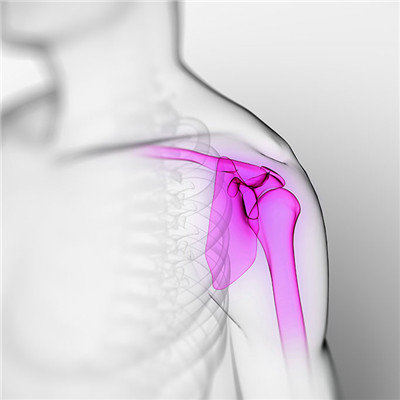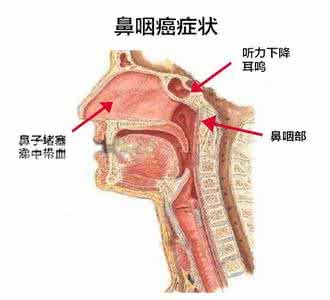What symptom does bone tumor have?
summary
Bone tumor is a kind of tumor that occurs in bone or its accessory tissues. Benign bone tumors are easy to cure and have good prognosis. Malignant bone tumors develop rapidly and have poor prognosis and high mortality. Malignant bone tumors are divided into primary and secondary. It is a secondary malignant bone tumor that metastases from other tissues or organs to bone through blood circulation and lymphatic system. There is another kind of lesions called tumor like lesions. Tumor like lesions do not have the characteristics of tumor cell morphology, but their ecology and behavior are destructive, generally limited and easy to cure. What symptom does bone tumor have? Let's talk about it
What symptom does bone tumor have?
It is the main symptom in the early stage of bone tumor, which is mild at the beginning and intermittent. With the progress of the disease, the pain can gradually aggravate and develop into persistent. The majority of patients in the night pain aggravation, so as to affect sleep. The pain can radiate far away.

The tumors located under the periosteum or superficially appeared earlier and could touch the bone to expand and deform. If the tumor penetrates out of the bone, it can produce a fixed soft tissue mass with smooth or uneven surface.

In the late stage of bone tumor, the function of affected part will be impaired due to pain and swelling, which may be accompanied by muscle atrophy. Tumors growing into the cranial and nasal cavities can compress the brain and nasal tissues, resulting in brain compression and poor breathing; Pelvic tumor can compress rectum and bladder, resulting in defecation and dysuria; Spinal tumors can compress the spinal cord and produce paralysis.

matters needing attention
Surgical resection is the main method of treatment. Amputation and joint amputation are the most common methods. However, due to the progress of chemotherapy methods, in recent years, some scholars began to do tumor resection or total femoral resection, with artificial prosthesis replacement. Extensive local resection and functional reconstruction with limb preservation and chemotherapy were adopted.















